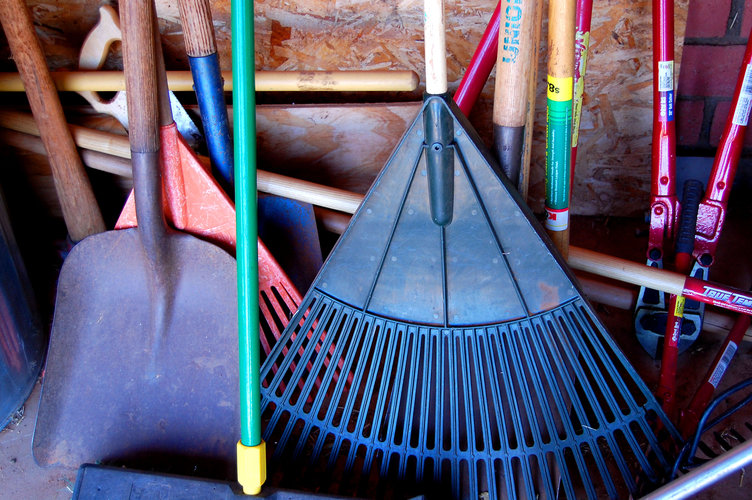50% Off First Application¹
Call 1-855-940-1479
and connect with a TruGreen consultant
Total Lawn Care: Don’t Skip These Steps!
Total lawn care is essential if you are attempting to have a yard full of healthy grass. Sometimes homeowners will pick and choose which lawn care steps they take on depending on their skill level and scheduling allowances. This may keep your lawn looking okay for a while, but before you know it you’ll begin to see your that your yard is suffering. Read on to find out about the the best way to provide the total lawn care that your grass requires.
Step One: Create a schedule
You may be tempted to just tend to your lawn on an as-needed basis, but oftentimes you can’t tell what your lawn needs until well after the right time. By creating a lawn care schedule you can anticipate the lawn treatments and maintenance that are
required ahead of time. To create this schedule there are many factors that must be taken into consideration, they include:
- The type of grass that’s planted in your yard
- The type of soil in your area
- Average seasonal high and low temperatures
- Local rainfall patterns
- Regional invasive species alerts, including plants and insects
- pH balance

Step Two: Know your area
Knowing your area is an essential part of creating your lawn care schedule as well as providing total lawn care. If you don’t know the average regional temperatures, rainfall amounts, soil type and pest threats it’s impossible to know what your lawn needs. The best way to figure these things out is to consult a local lawn care expert. Another great resource for learning this information about your area is to find a copy of a recent and local almanac. An almanac can shed light on a lot of helpful facts pertaining to your region as well as general gardening timelines.
Step Three: Monitor your lawn
Ideally your lawn’s needs will stay in synch with the lawn care schedule you develop, but it is important that you keep a close eye on your yard to check for signs of additional needs. The pH balance of your soil is one of the most useful pieces of knowledge you can have when caring for your lawn. Perform pH tests regularly, this way you can take the necessary steps to balance the soil before problems occur. Additional irrigation, fertilization, and weed-removal may still be required outside of your scheduled treatments.
Step Four: Have a pest control plan in place
Insects and other pests can cause damage to a lawn quicker than just about any other treat to your lawn. Bugs don’t just affect grass, there are many invasive pests that plague trees and rob them of their nutrients until they die. A dead tree in your lawn creates many more problems than just an eyesore.
There are many pest control companies that can remove pests from your lawn, but some bugs can be removed with store-bought products. Before purchasing a product to control insects in your yard make sure that you are certain of the type of pest that you’re battling. Using the wrong chemicals could prove ineffective and could do more harm than good.
Step Five: Don’t slack on the essentials
With new processes like pH tests, fertilization and aeration thrown into the mix it is easy to get overwhelmed. Try to keep in mind that regular lawn care practices are still important, so don’t slack on tasks like mowing and watering your lawn. Regular upkeep is very important for any of these lawn treatments to have an effect, and total lawn care requires attention to all details.
In the early stages of a lawn care regimen you may think you’ve taken on much more than you can handle. As you familiarize yourself with the steps required for a healthy lawn they become easier and more intuitive. Hard work and perseverance will pay off in the form of a lawn that shines like never before.

TruGreen will gladly visit your property as often as needed between scheduled visits to make any necessary adjustments and to ensure your satisfaction.
Getting Started with TruGreen
- Call or fill out the form above to reach a lawn care specialist.
- Know the square footage of your yard, as well as any specific areas of concern.
- With the help of your specialist, create a customized lawn care plan that meets your lawn’s needs.
- Schedule your Healthy Lawn Analysis2 to start your service.
